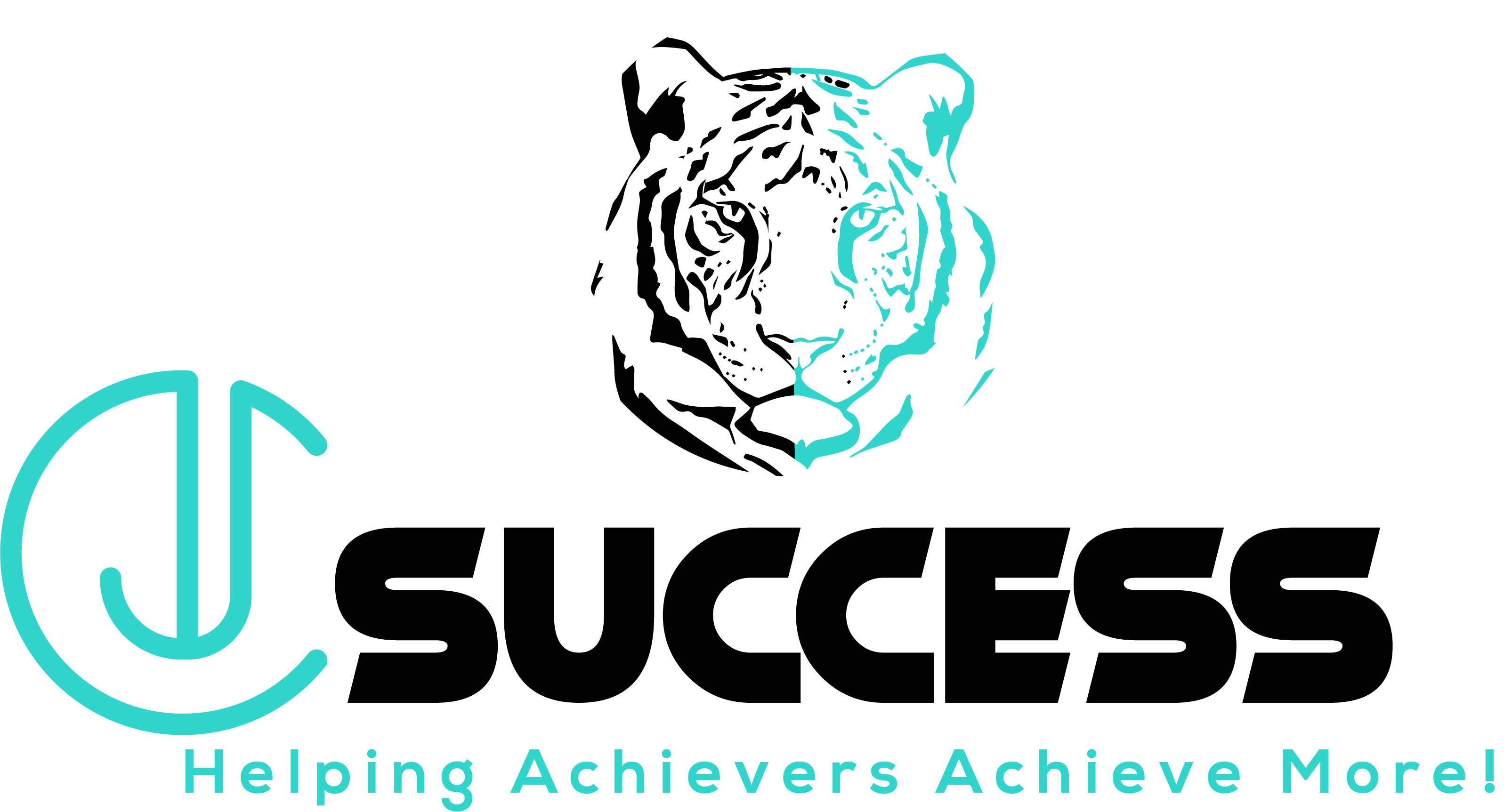0
+
Add your comment
UPCOMING EVENTS

Psychological Safety: What Psychological Safety Isn’t (Part 2)
Dave Linn
August 29, 2023
by Dave Linn - The Gratitude Dude
In our introduction to psychological safety last month, we defined it as the level to which team members feel comfortable to be vulnerable and take risks. What often happens when a concept or tool becomes popularized is that those who don’t take the time to truly understand it develop and spread misconceptions about it. This is certainly true about psychological safety, and the misconceptions continue to proliferate as its popularity grows. The true danger of these misconceptions is that they seemingly provide permission to leaders to discount or dismiss psychological safety, something that is an extreme danger to the success of their teams and their companies.
While there are many myths surrounding psychological safety, let’s just address three of the more popular ones:
Myth: Psychological safety is just a nicety that has crept into the business world from the self-help, feel good community (or whatever you might call that).
Myth Buster: Psychological safety has been studied and applied for decades and is recognized by the top businesses (ex. Google- “We learned that there are five key dynamics that set successful teams apart from other teams at Google. . . . Psychological safety was far and away the most important.”), business consultancies (ex. McKinsey- “Psychological safety is a precursor to adaptive, innovative performance—which is needed in today’s rapidly changing environment—at the individual, team and organization levels.”) and business schools (Harvard Business School’s Prof. Amy Edmonson, who is the world’s leading academic on psychological safety and has been ranked as the number one global management thinker is the author of The Fearless Organization: Creating Psychological Safety in the Workplace for Learning, Innovation, and Growth)
Myth: Psychological safety creates a group decision model that doesn’t work for lean businesses.
Myth Buster: Psychological safety does not change the decision making process of a company. What it does is positively change the amount and quality of the information and data you receive so that you can make better decisions. In effect, we are democratizing input, not decision making.
Myth: We create a culture of psychological safety by telling others that they are welcomed and free to provide their input at any time. In other words, announcing that you have a “speak up” culture is what creates psychological safety.
Myth Buster: This is a particularly insidious myth because it tricks leaders into falsely thinking that they already have a culture of psychological safety or that they can establish one, effectively, by fiat. Psychological safety is created, over time, by changing the way you lead, interact and inquire, and by modeling and rewarding the behaviors that encourage psychological safety and risk taking. Announcing that you are “now a psychologically safe company” is not only foolhardy, it can be seriously damaging if your teams know that isn’t really the case and will now become resentful of the two-faced nature of their leadership.
Don’t be misled by myths and shortcuts. Psychological safety is:
-
- A serious and critical aspect of business success recommended and recognized by the world’s greatest companies, consultancies and business schools and backed by reams of rigorous data and long term studies;
- Not a way of wresting decision-making power from leaders, it’s actually one of the primary ways that they become empowered to make better decisions;
- Like any other part of a flourishing business culture, a thoughtful process that cannot be mandated; it must be carefully developed, modeled, rewarded and maintained.
Next month, we will be discussing the four stages of psychological safety:
-
-
-
- Inclusion Safety
- Learner Safety
- Contributor Safety
- Challenger Safety
-
-
The first step of psychological safety is inclusion safety. In order to begin thinking about the concept of feeling included, ask yourself about a time when you were the “newbie.” Perhaps you had moved to a new neighborhood, started a new school, joined a new company or entered a party or social scene where you didn’t know others. How did you feel in that first moment? Did anyone make you feel excluded or included? What did they do to make you feel that way? Did you “put yourself out there” by introducing yourself or taking some other step that involved personal difficulty or risk? What can you do to make others entering your culture feel included?
We’d love to hear from you!
If you have any thoughts, takeaways, questions, or comments, please share them with us and we’ll do what we can to have the expert address your message in next month’s edition! As an added bonus, if you’re a paid member, you can share your company name and your position, and the expert will include that when addressing your point!
🎁 And if you submit feedback for 3 consecutive months, this expert will reward your engagement with 10% off first engagement!


